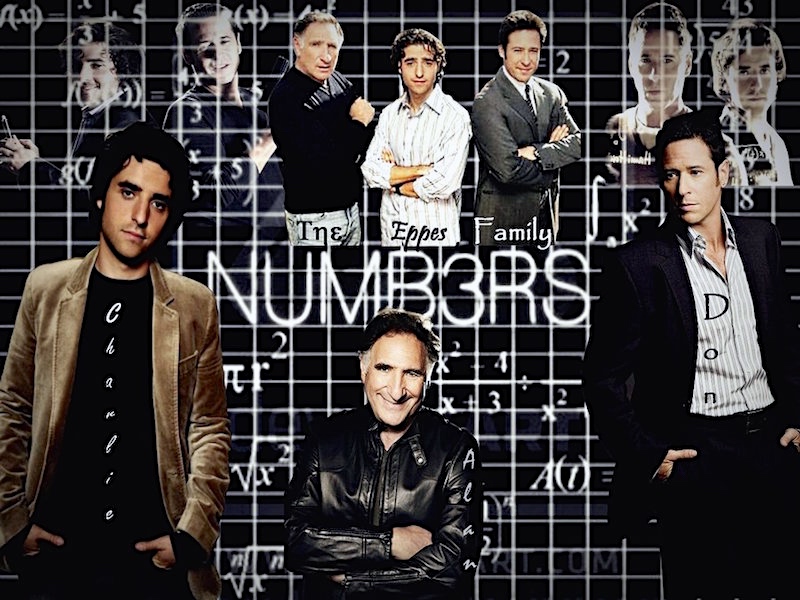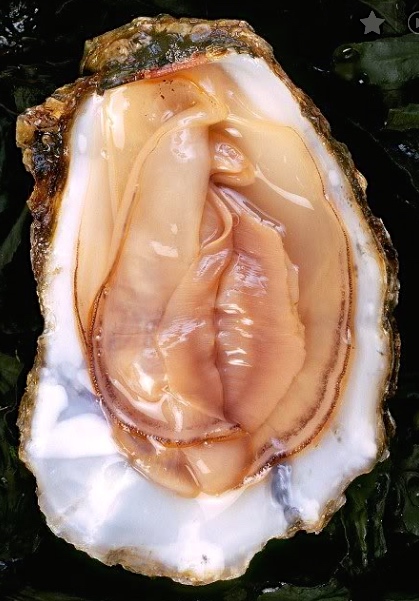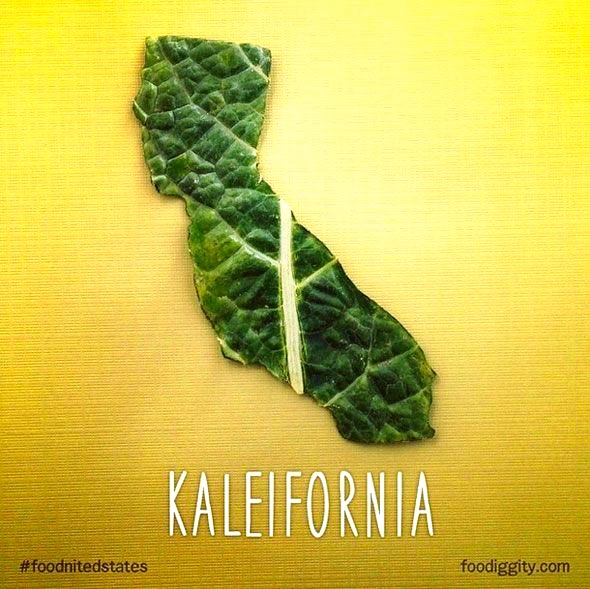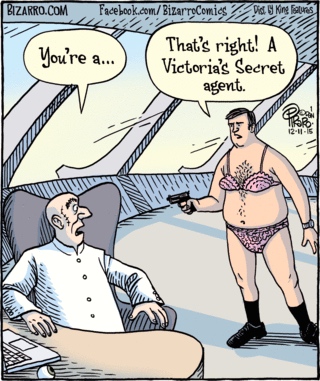(All sorts of taboo language and sexual references.)
So I posted a brief notice of Mark Peters’s recently published bullshit lexicon, noting in passing the euphemism bullshine, which wasn’t among the many listed in the book. That has led me to a play on bullshit, the portmanteau Bullshido; through Michael Covarrubias, to the swearword malapropism bullshtein in the movie Johnny Dangerously; and through the malapropistic slur cork-soaker in that movie, to a hilarious SNL sketch “Cork Soakers”, where the expression is a comic double entendre. What a long strange trip.
Bullshido. By a route paved in accident I came across this wonderful portmanteau (of bullshit and Bushidō) in the martial arts world, in the site Bullshido: No BS MMA and Fighting Arts (MMA stands for mixed martial arts). The logo:
![]() (#1)
(#1)
On the linguistic connection to martial arts, from Wikipedia:
Bushidō, … literally meaning “the way of the warrior”, is a Japanese word for the way of the samurai life, loosely analogous to the concept of chivalry.
bullshtein. Then from Michael Covarrubias on Facebook (lightly edited here):
The mention of bullshine reminds me of the movie Johnny Dangerously and the character Roman Troy Moronie (Richard Dimitri) who said “bullshtein” and messed up every other swear word he tried to say. fargin’, icehole, bastage, somanabatch, and my favorite: cork-soaker.
On the movie, from Wikipedia:
Johnny Dangerously is a 1984 American parody of 1930s’ crime/gangster movies. It was directed by Amy Heckerling; its four screenwriters included Bernie Kukoff and Jeff Harris.
The film stars Michael Keaton as an honest, goodhearted man who is forced to turn to a life of crime to finance his mother’s skyrocketing medical bills and to put his younger brother through law school. It also features Joe Piscopo, Marilu Henner, Maureen Stapleton, Peter Boyle, Griffin Dunne, Dom DeLuise, Danny DeVito, Dick Butkus and Alan Hale, Jr..
![]() (#2)
(#2)
In the article, Moronie is described as “a malapropist of swearwords”. Richard Dimitri as Moronie:
![]() (#3)
(#3)
Brief IMDb note on Dimitri:
Richard Dimitri was born on June 27, 1942 in New York City, New York, USA. He is known for his work on Johnny Dangerously (1984), Let It Ride (1989) and When Things Were Rotten (1975).
cork soaker. The character Moronie leads us to this excellent malapropism for cocksucker, which has also served as a deliberate comic double entendre, in the splendidly crude Saturday Night Live sketch “Cork Soakers” (season 29, episode 17, first aired 4/10/04, with guest host Janet Jackson). The full sketch can be viewed nere.
From the SNL transcript site, the cast:
Giuseppe: Horatio Sanz, Marcello: Jimmy Fallon, Female Tourist: Janet Jackson, Male Tourist: Chris Parnell, Luigi: Fred Armisen, Cork Soaker #1: Seth Meyers, Cork Soaker #2: Darrell Hammond, Monica: Maya Rudolph, Carmella: Rachel Dratch
and now some highlights. From early in the sketch:
Luigi: I love-a soaking the cork! I could-a soak the cork all night long, if they let me! I want to-a soak two corks at once!
Female Tourist: So.. are all corks the same?
Marcello: No, no, no..
Cork Soaker #1: I like-a to soak the big-a, thick-a corks!
Luigi: I like-a the long-a, skinny ones.
Cork Soaker #2: I like-a the dark-a ones.
Giuseppe: The great-a thing about the cork soaking, is that while you are-a soaking the cork, you can also.. massage-a the grapes, until the cork is ready. [holds up a bunch of grapes]
So, briefly, Sanz introduces balls as well as cocks into the sketch.
Meanwhile, Janet Jackson flubs her part every time the script calls on her to use soak cork or cork soaker, as here:
Female Tourist: [stumbling, on the verge of cracking up] So, how did you learn to sork.. corks — suck — soak corks?
Her struggles yield a second level of comedy in the sketch.
There’s also a digression into play with the sexual term 69, ostentatiously avoided here:
Giuseppe: What year was that?
Marcello: The year we soaked each other’s corks?
Giuseppe: Yes.
Marcello: That-a was, what.. that was like, sixty.. late 60’s, right?
Giuseppe: Yes.
Marcello: Sixty.. eight?
Giuseppe: I-a wanted to say.. 70.
Marcello: No.. you sure it wasn’t one earlier than that?
Giuseppe: It was sometime or other..
Marcello: Let’s just say between 68 and 70, alright?
![]()
![]()





























 (#2)
(#2)




 (#1)
(#1) (#2)
(#2)